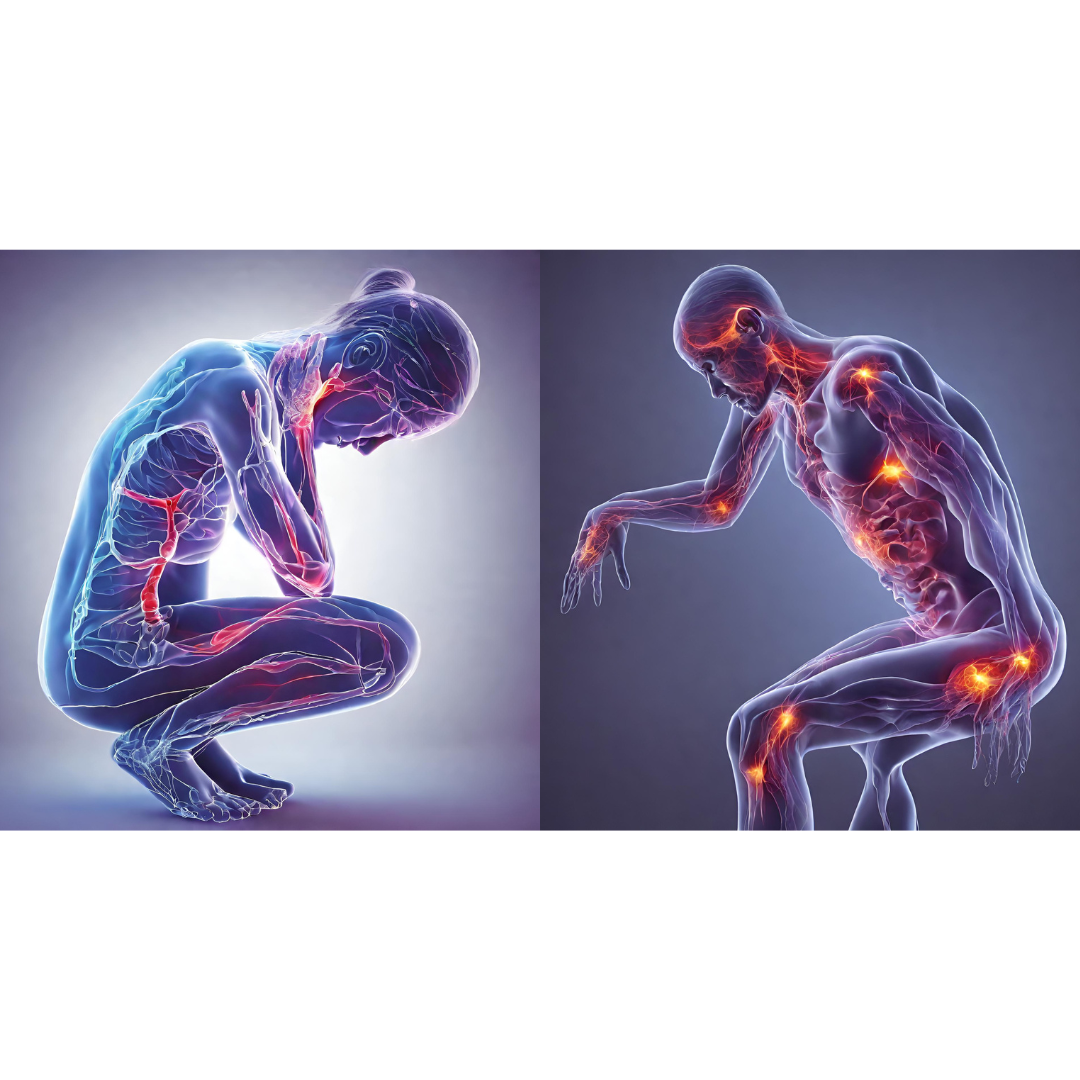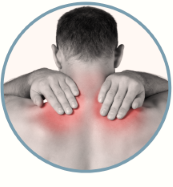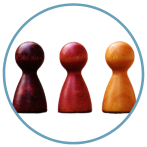Advanced T.R.I.P. Module: Somatic symptoms, Parts & Eye Movements
(Prerequisite: Core Foundational training)
Somatic Symptoms, Parts & Eye Movements
Learning Objectives
Uncover the profound link between persistent psychosomatic presentations and specific trauma & attachment experiences held by different Parts or aspects of ourselves.
Learn to differentiate between the "Top To Bottom" approach and the "Bottom Up" approach when it comes to somatic symptoms. The first approach indicates the client is aware of the concern or theme they wish to process or heal from and upon engaging in the T.R.I.P. processes associated somatic symptoms present themselves that require regulation, processing and integration.
The latter approach indicates the client experiences typically chronic, or long-term somatic symptoms but (with both eyes open) is not able to pinpoint the origins or the reasons for these symptoms. Many have had multiple visits across different professional disciplines to reduce and heal their symptoms.
The discovery that Monique made regarding these chronic, psychosomatic symptoms is that first of all, they present differently, whether the person has their left eye or right eye open. The Coping or Wounded part(s) typically do not experience somatic symptoms in the same location nor with the same intensity.
Upon guiding the client through the Permission process, most of the time there is a strong hesitation
or a plain "no" to the desire to heal these symptoms. As you can imagine, much to the surprise of the client when having both eyes open.
Below are some of the highlights of how your knowledge & skills will be expanded on in this course:
In this course, you learn to apply and expand on TRIP’s integrative skill set. Offering sensemaking becomes crucial to obtaining permission to heal the body. Explore how TRIP identifies four categories associated to trauma, attachment and distress that are underlying psychosomatic symptoms!
Assist the client in recognizing how the body became the voice for communicating needs in the present that are connected to wounds of the past!
Identify how the internal attachment dynamics between Parts frequently create “chronicity” of symptoms!
Expand on your current eye-brain techniques: Apply specific slow and fast eye movement techniques, including 'Tracking for Glitches' and 'Calm & Trauma Trails,' to address psychosomatic symptoms and facilitate regulation and integration.
Your eye-brain techniques will be taken to the next level with the application of specific slow and fast eye movement skills including “Tracking for glitches” to specific eye coordinates that correlate to the psychosomatic symptoms & facilitating "Calm & Trauma Trails" for regulation and integration.
One of T.R.I.P's essentials to working with eye-movements is that Permission from Parts connected to each eye is essential AND.....understanding that the Wounded and Coping parts do not display the same "glitches" (eye indicators/ eye-coordinates), which is why eye-movements need to be applied one eye open at a time!
This 4-day training includes a self-directed, but guided, experiential component practicing with eye-movements. Leaving the learner client in full control.
REGISTER YOUR INTEREST FOR THIS ADVANCED TRAINING VIA EMAIL:
triptraumatherapy@triptraumatherapy.com
Check the TRIP FB group, this website or request the TRIP catalog for the upcoming training dates in the fall/winter.





I found this training to be incredibly valuable and thorough. Monique did a wonderful job of making sure we got through all the necessary material while allowing us space to explore our questions and curiosities. I find TRIP incredibly valuable when working with people as they navigate complex and childhood trauma. I was debating between several trainings that incorporate eye-brain strategies and am so happy that I chose TRIP. It incorporates so many approaches that are evidence based and valued by clients including parts work, eye-brain techniques, somatic work, trauma-informed emotion-focused strategies, and a deep integration of trauma-informed attachment work. People I work with have shared that they appreciate the ongoing consent, pacing, the meaning-making that are part of using TRIP in their healing journeys
Suki A.
“ I just have to share how much I'm enjoying this training. I knew when the universe tossed TRIP in my direction that it was no coincidence, this is the first training I've taken in almost a decade that really resonates and just feels right. Watching you be with clients in videos, and then witnessing your passion in training, is so inspiring to me! It is amazing to be in the company of someone who is as rabidly passionate about trauma work as I am. I feel very blessed to be participating and learning from you.”
-Phyllis.
“Monique is a very skilled teacher. The T.R.I.P modelsynergizes concepts from other therapy models in a practicalway to help practitioners guide clients to navigate regulationand co-regulation of trauma symptoms. I have taken anumber of other trainings in this area and I found Monique'straining to provide the most practical resources to supportmy work with clients.”
-Joel P.
